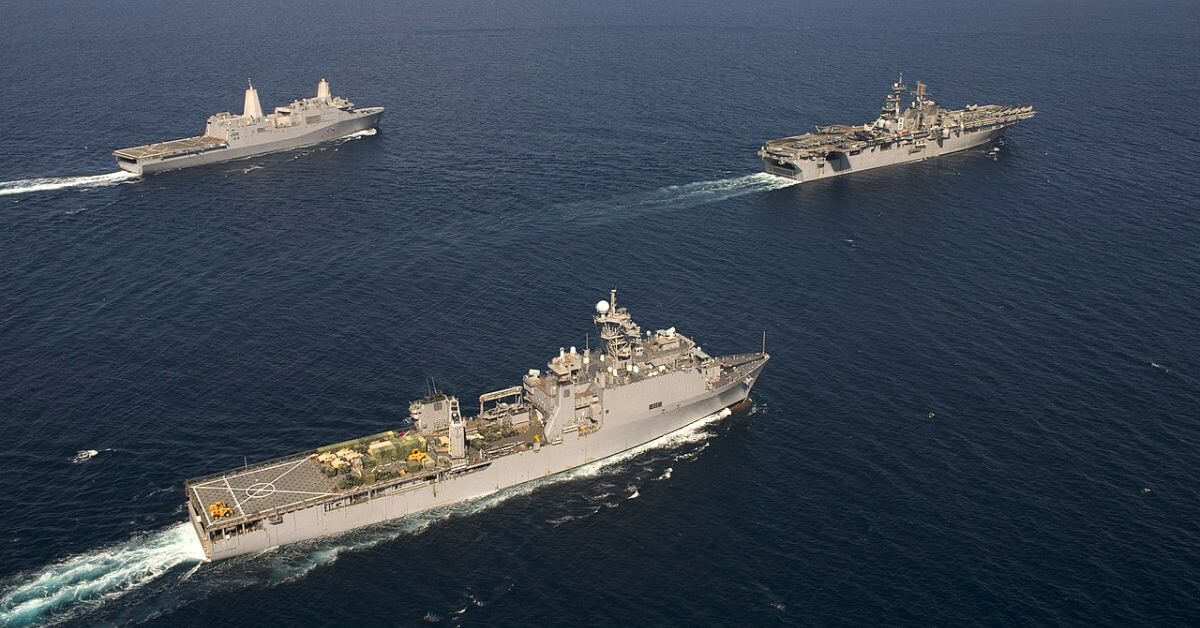
Watch: Chinese Coast Guard Fires Water Cannons, Sideswipes Philippine Patrol Vessel In South China Sea
December 5, 2024
Archaeologists Find Shipwreck From Vasco Da Gama’s Final Voyage Into The Indian Ocean
December 5, 2024

The U.S. Navy’s amphibious fleet, which is essential for transporting Marines and equipment during military operations, is facing a serious problem.
A new report reveals that half of the fleet is in poor condition, and many ships have been unavailable for years, threatening the Navy’s ability to carry out important missions.
According to the latest Government Accountability Office (GAO) report, the Navy is required to maintain at least 31 amphibious ships, and it currently has 32.
However, the report highlights that nine out of ten dock landing ships, five out of seven amphibious assault ships, and two out of 13 amphibious transport docks are in poor material condition.
Only two amphibious assault ships are in satisfactory shape, but the rest of the fleet is struggling.
The report explains that several issues are to blame, including a shortage of spare parts and the Navy’s decision to retire some ships early to save money.
Maintenance was also cancelled on some of these ships, which have since fallen into disrepair. As a result, the Navy is still relying on these aging ships while waiting for new ones to be built, making it harder to meet the legal requirement of having 31 operational ships.
The Navy has long struggled with the question of how many amphibious ships are really needed, and how relevant they are to modern combat.
The Marines use these ships to transport soldiers, vehicles, and equipment to shore during military operations. These ships are also essential for humanitarian missions and other global operations.
The report highlights a lack of consensus between Navy and Marine Corps leadership about the exact number of ships needed for operations and training.
The two branches have clashed over this issue, but they recently agreed to new guidelines in July to improve how they plan and execute amphibious missions.
Despite these efforts, the GAO report says that the services continue to disagree about the exact number of ships that should be available for training and operations at any given time.
In response to the findings, the Navy has agreed to several recommendations from the GAO. These include improving how “readiness” is defined and setting clear goals and timelines for the fleet’s condition.
The Navy also agreed to review its policy on retiring ships early and cancelling maintenance. However, the Navy pointed out that some legal rules prevent them from making certain repairs on ships set for retirement.
They are allowed to make some necessary repairs within five years before a ship is decommissioned, and the Navy may also apply for waivers in certain cases, especially if national security is at risk.
The ongoing maintenance challenges and the struggle to keep the fleet in good condition put the Navy in a tough spot. With many ships still in poor shape, it’s unclear whether the Navy will be able to meet the 31-ship requirement or carry out critical missions as needed.
Reference: U.S. Government Accountability Office
Source: Maritime Shipping News


